A pergola is a type of outdoor structure that can provide shade and is often used as a sitting area, walkway, or passageway. A typical structure has posts that are arranged vertically to support cross-beams and a strong open lattice, which is often used for training woody vines. Pergolas may also have walls on one or both sides for privacy and wind protection. This classic garden feature has been in use since ancient times and provides a beautiful focal point for any outdoor space. If you want to enhance your backyard’s aesthetic appeal or provide additional shade to your patio, constructing a pergola might be the right choice.
What’s In A Name?
The word “pergola” comes from the Latin term “pergola” which refers to a protruding roof. Modern architecture has taken this classic style and incorporated it into outdoor structures of all shapes and sizes. In addition to providing shade, many homeowners use them as partition walls or decorative structures in their gardens.
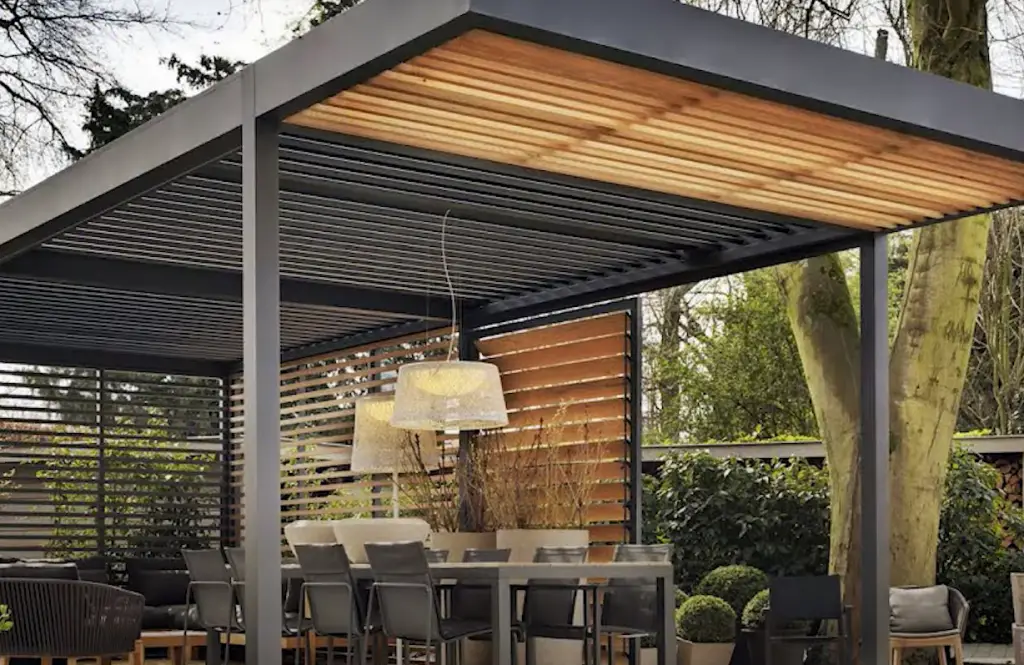
In the past, pergolas were typically constructed out of wood but today they can come in a variety of materials including metal, vinyl, and even plastic. Some are designed to be free-standing while others attach to the side of a house for additional support. No matter what material you choose, adding a pergola to your backyard will create an inviting space for gathering with friends and family.
About The Name Pergola
Pergola is an Italian word, derived from the Latin “pergola” meaning a projecting eave. The word pergola has been used since the 16th century to describe an architectural structure that provides shade in gardens or yards. Traditionally, pergolas are made of wood and feature open roofs with slats or lattices which allow vines to grow along them, providing additional shade. They often feature benches, arches, and other decorative elements. Pergolas can provide a great spot for outdoor dining or relaxing in the summer months and offer respite from direct sunlight while still allowing light to filter through. Modern pergolas may also be constructed out of metal or other materials for a more contemporary look. Adding a pergola is an excellent way to enhance the look of your home and provide a charming area outdoors for gatherings with loved ones, regardless of the season.
What Are The Rules For Pergolas?
When building a pergola, there are some basic rules to follow. These generally involve the materials used and the size of the structure.
First, it is important to use sturdy and durable material for your pergola. Both wood and steel are commonly used materials for outdoor structures due to their ability to endure severe weather such as rain and snow. If you go with wood, make sure it is treated, as this will help extend its life. You should also ensure that all connections between pieces of wood are secured with bolts and screws.
Second, make sure your pergola is not too large or heavy for the area where it will be built. Because these structures need support from their surroundings, having an overly large or heavy pergola can put too much strain on the surrounding area and lead to instability.
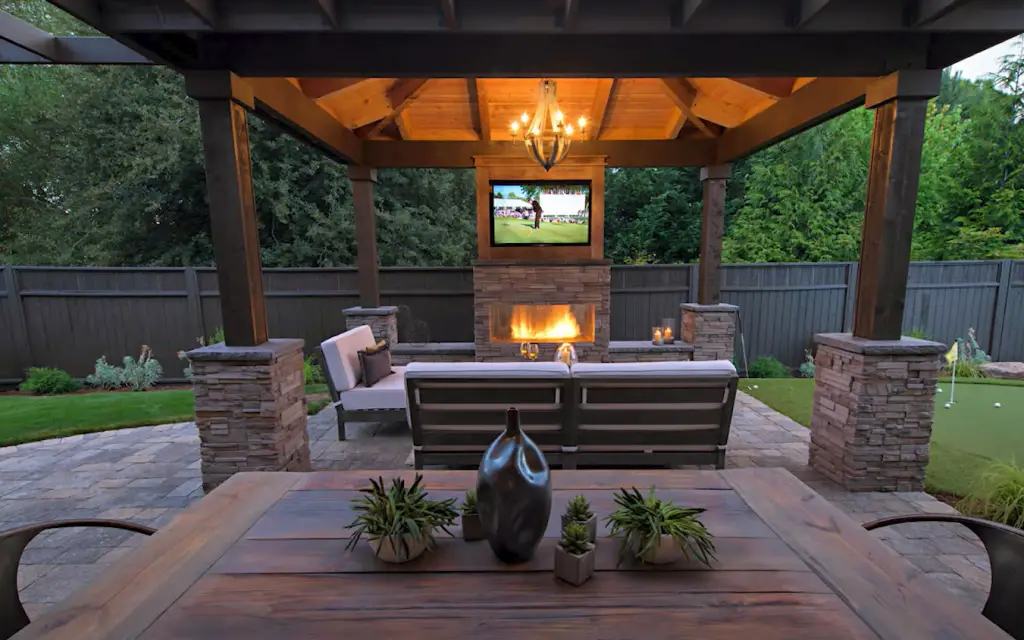
Finally, make sure you do a thorough inspection of the area before beginning construction. Look for possible obstacles that may affect your work or present a safety hazard. This includes checking for underground utilities like electrical wiring or pipes. [1]
Types Of Pergolas
There are several types of pergolas available, each with their own unique look and purpose. Common types include:
Wooden Pergolas
Pergolas are primarily constructed using wood because of its robustness and longevity, making it the most favored material. You can customize the style and design of your outdoor living space by choosing from the various options available. Wooden pergolas are available in a range of sizes and shapes, from rectangular or square structures that feature open sides to more elaborate designs with lattice work or other decorative accents. When using wood for your pergola, keep in mind that it will require regular maintenance such as staining or painting to preserve its color and protect it from the elements. In areas with extreme weather conditions such as high winds or heavy rain, certain types of wood are more suitable than others. Choosing a variety of wood carefully can ensure that your pergola is able to withstand the elements and remain in top condition for years to come.
Vinyl Pergolas
If you want a long-lasting structure, consider vinyl pergolas as they are a great option.
It also stands up to the elements better than wood does. Additionally, vinyl can be molded into any shape or size you desire; installation is as simple as screwing together the pieces. When it comes time to clean your vinyl pergola, simply use soap and water—no need for expensive chemicals! Vinyl pergolas are a great option for those who want an attractive outdoor feature that requires minimal maintenance. [2]Aluminum Pergolas
Aluminum pergolas are a great choice for those looking to get a long-lasting and durable structure. Aluminum is strong, light, and resistant to all sorts of weather conditions. Plus, aluminum can be colored any shade you like and won’t rust or corrode over time.
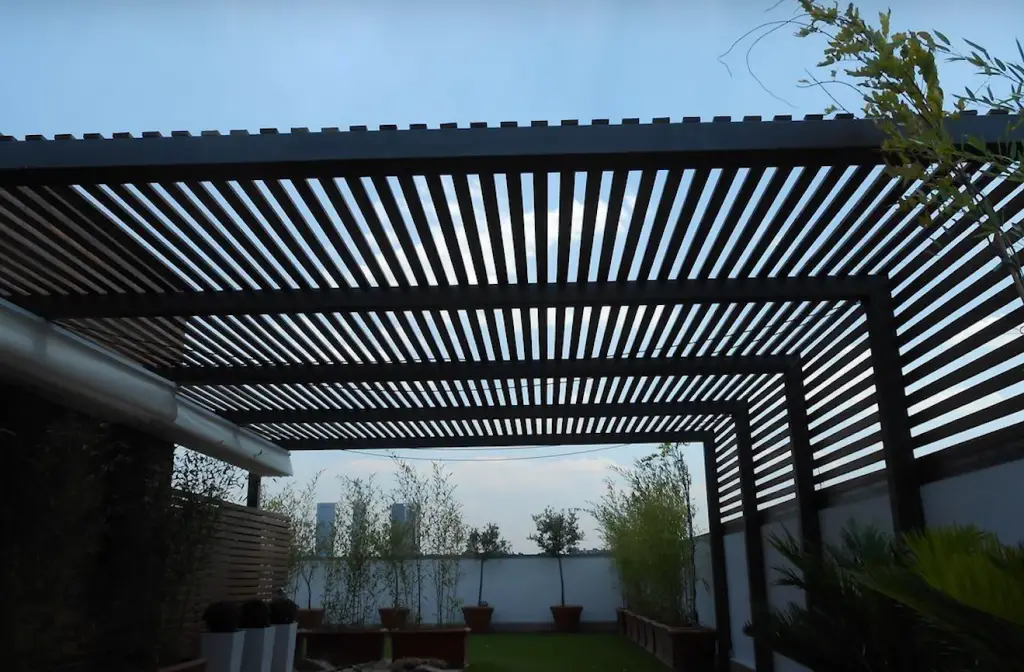
With the addition of fabric covers or retractable shades, your aluminum pergola will look stunning in any outdoor space. Whether you’re setting up an entertainment area at home or adding some flair to a restaurant patio, an aluminum pergola can give you the perfect ambiance for entertaining guests or enjoying meals outdoors. The only downside is that aluminum may require more maintenance than other materials, but with proper care and regular cleaning it will remain in great condition for many years.
Pros Of A Pergola
A pergola has many advantages as a backyard feature. It can provide you with an aesthetically pleasing outdoor space that encourages relaxation and leisure. On sunny days, the open design of a pergola provides ample shade while still allowing sunlight to filter through. With an attractive trellis overhead, climbing plants or hanging baskets can be used to add more greenery and color to your outdoor setting. The additional support columns on larger structures also provide the opportunity to have furniture placed underneath for comfortable seating areas when entertaining guests or family members. A pergola is relatively easy to install compared to other permanent structures such as decks and patios, making it ideal for homeowners who are looking to save time and money on their renovation project. Furthermore, due to its open and airy design, a pergola can be used throughout the year with minimal maintenance. Lastly, because they are made of natural materials such as wood or stone, there is no need for painting or staining your pergola over time. This adds even more convenience when maintaining your outdoor living area. With all these benefits, it’s easy to see why a pergola would make a great addition to any backyard design.
Cons Of A Pergola
A pergola is a great addition to any outdoor space, but there are some drawbacks to consider. One of the biggest cons is that it provides little protection from the elements. While pergolas may provide some shade during hot summer days, they don’t offer much cover from rain or windy conditions. Furthermore, many types of pergolas are not built to withstand extreme weather conditions such as high winds or snowfall, so they can be damaged easily and require frequent maintenance in harsh climates. Additionally, because most pergolas do not have roofing material installed on them, they can be difficult and expensive to waterproof if you choose to install one near your home. Finally, depending on the size and shape of your outdoor space, a pergola may not be an ideal option for you. Before making any decisions, it is important to consider all the pros and cons associated with installing a pergola in your yard. [3]
What Is A Pergola Carport?
A pergola carport is a type of outdoor structure that combines elements of both a pergola and a carport. It provides shelter for vehicles from the elements while also creating an attractive and inviting space in your outdoor living area.
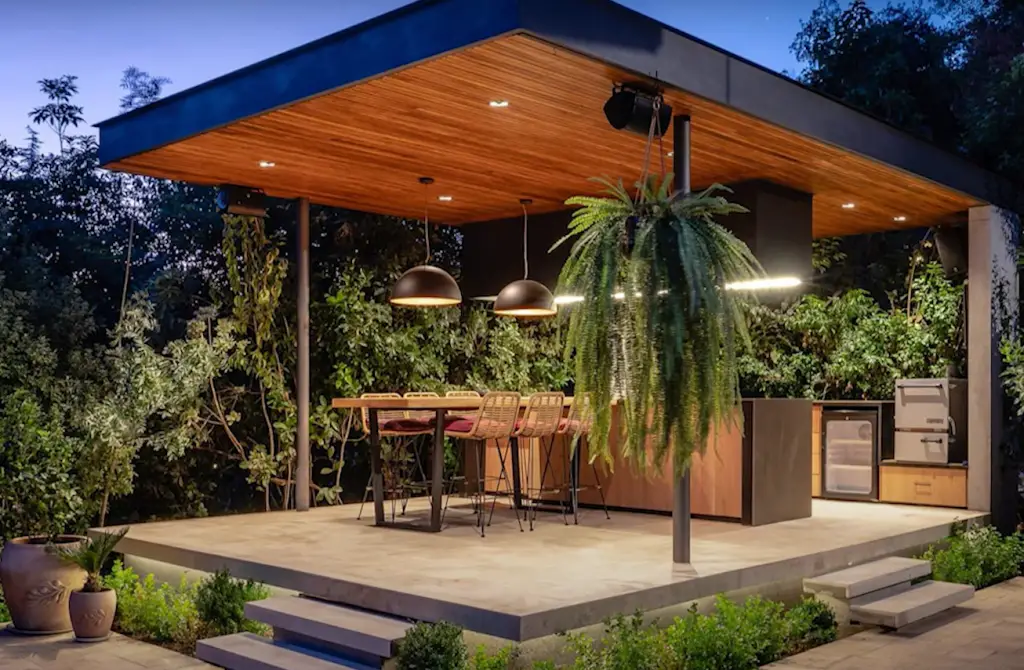
A pergola carport consists of support posts or columns with beams connecting them together, providing additional support for the roofing system, which is usually constructed using durable materials such as metal or corrugated plastic. Some models also incorporate side walls to further enhance their protective capabilities against wind and rain. The combination of these components create an open-air structure that allows ventilation while still providing protection from the sun’s harsh rays, making it perfect for summer barbecues or even parties. With its stylish design, a pergola carport can add an attractive and unique touch to any outdoor living area.
Pergola Building Materials
When it comes to building a pergola, there are numerous materials you can use. Many people construct their pergolas out of wood, either softwood like cedar or hardwood like teak. Other materials that are popular for constructing pergolas include metal (such as aluminum) and stone (like flagstone).
It’s important to take into consideration the climate in which you live when choosing your building material.
Additionally, keep in mind the weight of the material- heavier materials have added stability but will require extra help and support to install.When it comes to the roofing of a pergola, fabric materials like canvas or shade cloth are popular choices for providing sun protection while still allowing some air flow. For added durability, you can opt for plastic coated fabrics that don’t tear as easily and are waterproof. If you want something more permanent, you could also use solid fiberglass roofing that is stronger and longer-lasting than fabric options.
How To Build A Pergola
Building a pergola can be an exciting DIY project for home improvement enthusiasts. It is a great way to add value and aesthetic beauty to your outdoor space. With the right tools, materials, and planning, you can create a beautiful pergola that you will enjoy for years to come.
The first step in building a pergola is to determine the size and shape of your design. This can vary depending on how much space you have available and how elaborate you want your pergola to be. Once you have determined the size, make sure to purchase enough materials and supplies for the job.
The next step in building a pergola is to construct the frame. This includes setting posts in the ground and connecting them with beams or crossbeams to create the foundation for your pergola. You may need to use pressure-treated lumber or other materials that can withstand extreme weather conditions if you plan on building an outdoor pergola.

Once you have the frame constructed, it is time to add the roof. You can choose from a variety of materials such as wood, metal, vinyl, or canvas for the roof of your pergola.
Finally, you’ll need to finish the pergola with paint or stain to protect it from the elements. You can also choose to add accents such as lighting, plants, trellises, and more. With some creativity and hard work, you’ll have a beautiful custom-built pergola that adds value and style to your home. [4]
Pergola Building Tips
A pergola is a great way to add beauty and structure to your outdoor space. To get the most out of your pergola, there are a few tips you should keep in mind when building one.
The first tip is to make sure that all four corners of your pergola are level and even. This will ensure that your pergola is secure and will not wobble or move. Additionally, make sure to measure twice and cut once when cutting the lumber for your pergola.
The second tip is to install a weatherproofing treatment over any exposed wood that will be in contact with the elements. This includes treating posts, beams, and any decorative boards that will be exposed to the sun, rain or snow.
The third tip is to use treated lumber when building your pergola. Treated lumber will not only last longer but also help prevent rot and insect damage. Additionally, using treated lumber can help reduce the amount of maintenance you’ll need to do in the future.
Vines to Grow on Pergolas
Vines are the perfect way to bring life and color to your pergola without taking up too much space. Here are some of the best vines to consider when growing on a pergola:
- Morning glory (Ipomoea purpurea): The vibrant, trumpet-shaped flowers of morning glory add cheerful color to your outdoor living space. This annual vine is easy to grow and produces blooms throughout the summer months.
- Wisteria (Wisteria spp.): The fragrant, elegant flowers of wisteria will add beauty and charm to your pergola. This vigorous vine needs plenty of support but can last for many years with proper care.
- Trumpet creeper (Campsis radicans): This evergreen vine provides a showy display of trumpet-shaped flowers in shades of orange and red from summer through fall.
- Hops (Humulus lupulus): If you want to add a hint of whimsy to your pergola, consider growing hops. The foliage is attractive, but it’s the fluffy female flowers that are the real showstoppers.
- Scarlet runner bean (Phaseolus coccineus): This annual vine produces vibrant red flowers and scarlet-colored beans. It’s fast-growing and makes an eye-catching addition to any garden space. [5]
FAQ
What is the difference between pergola and gazebo?
A pergola is a structure with open sides, usually consisting of posts and beams. It offers partial shade and can be covered or uncovered.

A gazebo, on the other hand, is a freestanding structure with a roof and no walls. Pergolas are often used as outdoor living spaces while gazebos are more commonly used as outdoor entertainment spaces.
What is a pergola with a roof called?
A pergola with a roof is often referred to as a pavilion. It provides the same open-air style of a pergola, but with an added layer of protection from the elements. Pavilions usually have slatted roofs that can be opened and closed, allowing for protection from sun and rain or complete openness when desired. Pavilions can be constructed from a variety of materials, including wood, vinyl, and metal. They are the perfect choice for outdoor spaces that need protection from the elements while still providing an open-air atmosphere.
What is the difference between patio and pergola?
Patio and pergola are two terms that are often used interchangeably, but there are some important differences between them. A patio is an outdoor area that is paved and usually located next to a house. It is used to dine or engage in recreational activities. Patios generally have hard surfaces such as concrete, flagstone, tile, pavers, gravel or brick.
Why is pergola so popular?
A pergola is a structure commonly used outdoors that can offer some shade to your garden or yard. It can be used as a stand-alone feature or integrated into an existing design. Pergolas are typically built from wood, although metal and stone options are becoming more popular. The outdoor living space will have a timeless and charming look with the classic architecture. It will be visually interesting and appealing.
Why use a pergola instead of a roof?
A pergola can provide more than just an attractive addition to your garden – it also offers a unique alternative to a traditional roof. Unlike a solid roof, a pergola will allow light and air to circulate freely, creating a pleasant outdoor environment that is both cool and refreshing in the summertime and warm and inviting in the colder months. Additionally, a pergola can be used to create an attractive outdoor living space that is both stylish and functional. With its open design, a pergola provides the perfect backdrop for outdoor entertaining or relaxing get-togethers with family and friends. It also makes a great spot to hang string lights or plants for added beauty and privacy. There are a lot of different ways to use a pergola in your outdoor area.
Are pergolas a good idea?
Adding a pergola to your outdoor space can be a great idea. They provide both privacy and shade while creating an attractive feature in the garden. It is possible to create a unique outdoor living area by tailoring the design of a pergola to individual preferences. Pergolas are easy to install and maintain. This makes it possible for them to be enjoyed for many years. In conclusion, pergolas are an excellent way to enhance the appearance and usefulness of any outdoor area.
Do pergolas stop rain?
Pergolas can impede, but cannot completely stop rain from entering the area beneath them. This is because pergolas have open roofs with no overhead covering, making them less effective at preventing rain than solid structures such as awnings or gazebos. However, by positioning your pergola in an area that receives partial protection from other structures or terrain, you can better protect it from the elements. Furthermore, installing a canopy on your pergola can offer extra safeguard from rainfall. During hot summer days, this solution can also provide shade which is a benefit. Although pergolas cannot completely prevent rain, they can still serve as a useful means of creating usable outdoor space in your backyard.
What is better than a pergola?
A pergola is an outdoor structure that provides a shaded area, usually with rafters and an open lattice roof. Pergolas can do more than just provide shade, they can also help create a pleasing and welcoming outdoor living area. You can add extra features like plants and hanging decorations to make your pergola even more enjoyable. But, if you’re looking for something a bit more luxurious, there are a few alternatives to consider that can take your outdoor living space to the next level.
Why are pergolas not covered?
Pergolas are not usually covered because their open design allows people to enjoy the beauty of nature without obstruction. The purpose of a pergola is to provide an airy, light-filled outdoor area that can be used for entertaining or relaxation. Unlike a gazebo, which typically has walls and a roof, a pergola does not provide complete protection from the elements. While some people choose to use weather-resistant fabric covers or lattice panels to add a bit of shade, most pergolas remain open and exposed to the elements.
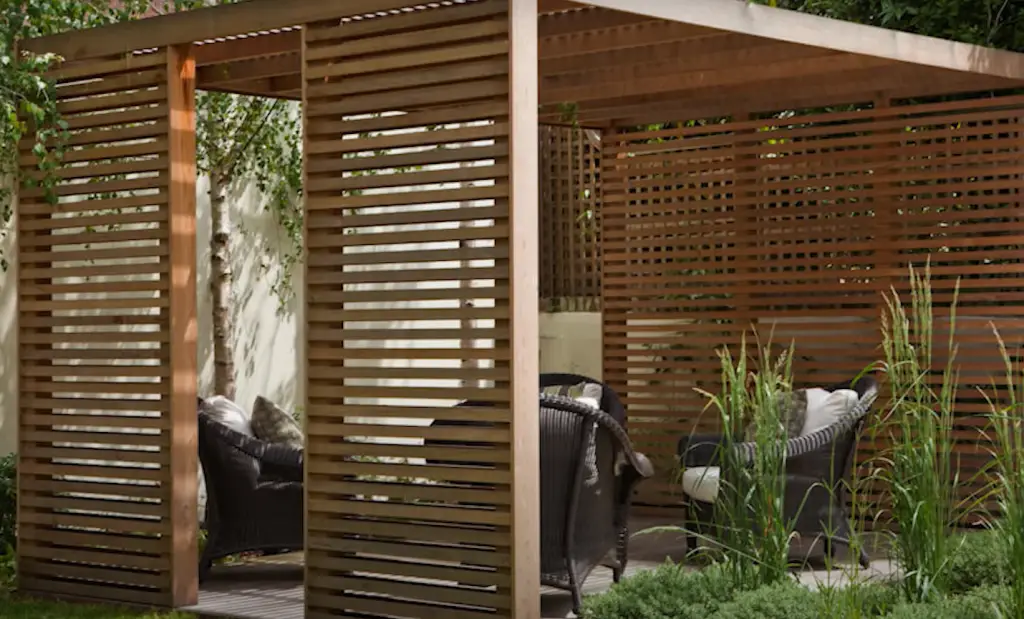
This can create a pleasant outdoor area that is still accessible to sunlight and natural breezes. In addition, an uncovered pergola gives a more rustic, natural feel to the yard or garden space. By leaving the pergola uncovered, its beauty is not compromised and its function remains intact. Many people choose to use their pergolas as an attractive outdoor structure that complements other features of their home’s landscaping.
How do you cover a pergola when it’s raining?
There are several ways to cover a pergola when it’s raining. The simplest and least expensive way is to hang waterproof fabric from the top of the structure, such as canvas or vinyl. This will provide shade and keep rain and other elements from entering the area below. You can also install an overhead roof on your pergola using either corrugated metal, wood planks, or canvas. Installing this will offer long-lasting protection against weather conditions, but it can come with a steep price. For an even longer-term solution, you can attach awnings to your pergola which will keep rain and sun off while also providing shade when needed. Finally, you may want to consider installing a retractable canopy to provide the most flexibility and protection. This can be opened or closed depending on weather conditions, providing both rain coverage and shade at the same time.
What’s another word for pergola?
Another term for a pergola is an arbor. Arbors often feature vertical structures with an open roof and latticework sides, much like a pergola. They are typically used to add shade or visual interest to gardens, patios, decks, and other outdoor spaces. Arbors also make great entrances for walkways or gateways to yards and gardens. Unlike a pergola, however, an arbor’s sides are usually solid and the structure is often enclosed by vines or other climbing plants. Some of the most common materials used for constructing an arbor include wood, metal, plastic, and vinyl. Arbors can be free-standing or attached to a house.
Useful Video: What is a Pergola?
Conclusion
A pergola offers the perfect addition to your outdoor space. It can provide shade and shelter throughout the day, enabling you to enjoy your garden or patio in comfort. It also adds a unique aesthetic with its open-air design that looks good in any outdoor environment. Pergolas are relatively easy to construct, so it’s not hard to achieve the perfect look for your outdoor area. Whether you choose to build it yourself or hire a professional, you’ll be able to enjoy the benefits of a pergola in no time at all.
References:
- https://www.thespruce.com/what-is-a-pergola-2131097
- https://www.homedit.com/pergola/
- https://renson.net/en-gb/blog/what-is-a-pergola-and-what-is-the-purpose
- https://www.bhg.com/what-is-a-pergola-6752583
- https://www.angi.com/articles/what-is-a-pergola.htm





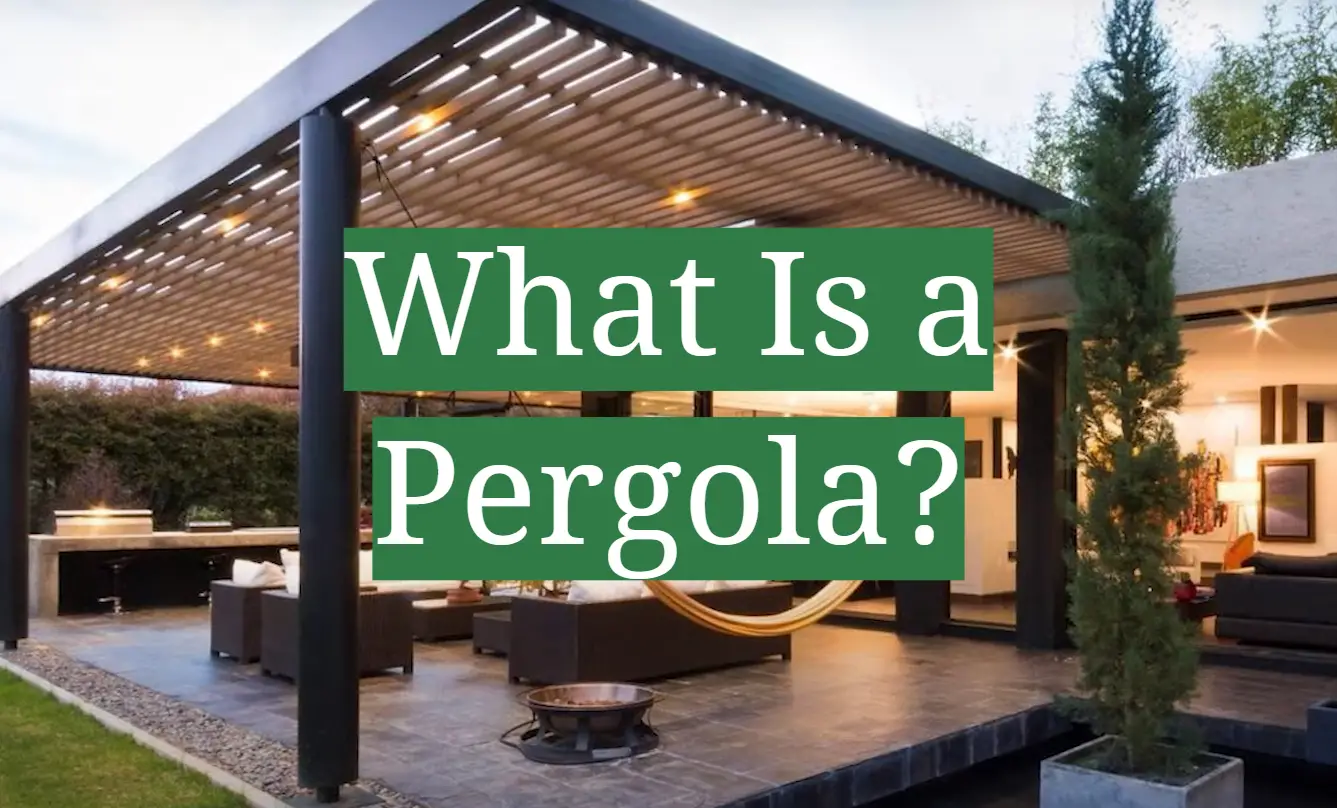
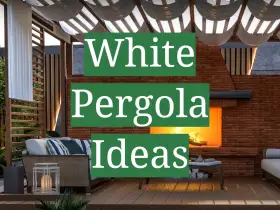
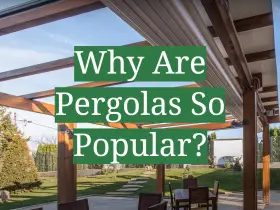
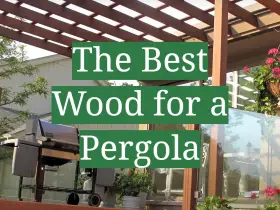
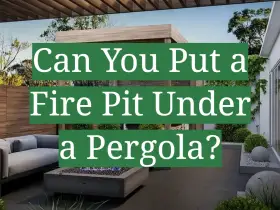
Leave a Reply
View Comments